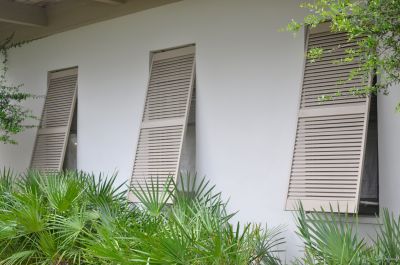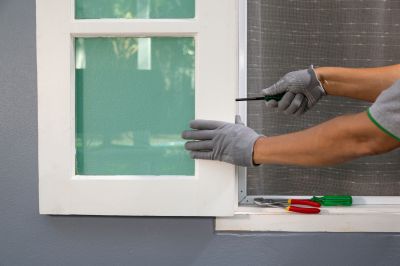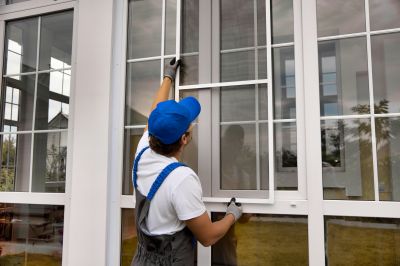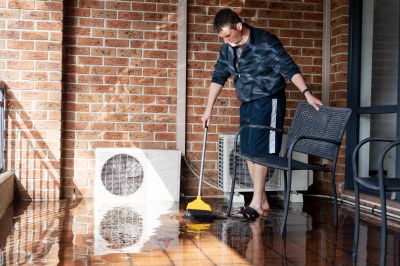Optimal Timing for Storm Restorations
Storm restorations are most effectively performed during periods of calm weather, typically outside of hurricane and severe storm seasons. In Clearwater, Florida, the optimal window is usually from late spring to early fall, avoiding peak hurricane months. Weather conditions such as rain, high winds, and humidity can hinder repair work and compromise safety, making timing crucial for quality restoration.
Late spring through early fall offers the best conditions for storm restorations, with fewer weather disruptions.
Performing restorations during dry, calm weather ensures safety and quality results, reducing delays caused by storms.
Hurricane season in Florida runs from June to November; planning outside these months minimizes risks and interruptions.
Scheduling restorations ahead of storm season allows for timely repairs and reduces vulnerability to storm damage.

Visual inspection of storm-damaged structures to determine repair needs.

Securing the site and planning repairs during favorable weather conditions.

Executing restoration projects after storm events when weather permits.

Ways to make Storm Restorations work in tight or awkward layouts.

Popular materials for Storm Restorations and why they hold up over time.

Simple add-ons that improve Storm Restorations without blowing the budget.
| Season | Optimal Timing |
|---|---|
| Late Spring | Ideal for scheduling storm restorations before hurricane season |
| Summer | Perform restorations during dry, calm periods |
| Early Fall | Complete repairs prior to peak hurricane activity |
| Late Fall to Winter | Limited restoration work due to weather constraints |
| During Storms | Restorations are generally unsafe and impractical |
Storm restorations involve assessing damage caused by severe weather events, including hurricanes, heavy rain, and high winds. These repairs may include roof replacement, siding repairs, window reinforcements, and structural stabilization. Proper timing ensures that repairs are durable and not compromised by ongoing weather conditions. Accurate assessment and timely intervention can minimize further damage and restore safety and integrity to affected structures.
Statistics indicate that the majority of storm-related damages occur during hurricane season, which peaks in August and September. Planning restorations outside of this period can reduce delays and improve outcomes. Additionally, early scheduling allows property owners to prepare infrastructure and secure necessary resources, ensuring swift action when storms threaten.

Restoration work on roofs and exteriors after storm impact.

Rapid assessment and initial repairs following storm events.

Complete restoration projects restoring structures to pre-storm condition.

Pre-storm mitigation measures to reduce damage.
Interested in scheduling storm restorations? Filling out the contact form can provide more information and help plan repairs during the most suitable time for weather conditions and project scope.

